Fondazione Carispezia (La Spezia) is hosting, from December 4, 2022 to April 2, 2023, an exhibition dedicated to the Giuseppe Iannaccone Collection and in particular the 1930s core, one of the great passions of the Milanese collector. Entitled The Body of Color. Italian Neo-Romantic and Expressionist Painting of the 1930s. Works from the Giuseppe Iannaccone Collection, the exhibition investigates a nucleus of artists who were revolutionaries in feeling, themes and color, artists who were not afraid to be imprisoned, excluded and relegated in order to give a clear, intimate and real reading of their own experience.
The exhibition displays works by Afro, Arnaldo Badodi, Renato Birolli, Luigi Broggini, Bruno Cassinari, Gigi Chessa, Filippo de Pisis, Francesco De Rocchi, Agelo Del Bon, Lucio Fontana, Renato Guttuso, Carlo Levi, Umberto Lilloni, Mario Mafai, Francesco Menzio, Giuseppe Migneco, Ennio Morlotti, Enrico Paolucci, Fausto Pirandello, Antonietta Raphaël, Ottone Rosai, Aligi Sassu, Scipione, Fiorenzo Tomea, Ernesto Treccani, Italo Valenti, Emilio Vedova, Alberto Ziveri. Artists united by a profound expressive capacity, which shifts the point of view from an objective vision of reality to a personal reading, capable of verging on neo-romanticism, and sets aside the lyrical forms of classicism for a more intimate and personal language.
The choice of works includes color as a central element, a programmatic and spiritual manifesto of a new art, a means of expression characterizing the individual artists but also a toolfor dialogue between them: mellow and energetic or candid and light, it allows us to enter the stories of the subjects portrayed, becoming body, presence and matter. In six rooms, the exhibition path does not follow a chronological or geographical sequence, but deals with intimate and universal themes - war, inequality, social degeneration - that highlight the intensity of the historical moment and the artists’ most hidden feelings. The room Attimi di realtà, which opens the exhibition, presents a series of works that highlight the centrality of men and women with their inner motions, while Places and Absences is dedicated to the environments in which these artists were born and worked. The third room, Body and Soul, addresses the dual nature of humanity, made up of sociality, unions, solid bonds of affection and family, as well as by ineffable inner forces that make us fragile but also unique. With Spirit and Carnality, the duality between pure sensibility and drives of the flesh emerges, while Revolution and Truth focuses on the urgency of showing reality: men fighting a war in which it is humanity that dies. The last room, Hidden Meanings, emphasizes some works with not immediate meaning.
The exhibition is an opportunity to show the public some previously unseen works that have recently entered the Giuseppe Iannaccone Collection, including Battaglia dei tre cavalieri (1941) by Aligi Sassu, long believed to have been destroyed after being rejected by the commission of the III Bergamo Prize for political reasons and dispersed after being sold to a collector in Budapest. In the summer of 2015 a descendant of the Hungarian owner informed the Helenita and Aligi Sassu Foundation that he had inherited this work, which was then brought back to Italy by Avvocato Iannaccone. Also on view in the exhibition is Horses in front of Scipio’s Slaughterhouse, circa 1929 , an intimate and melancholy work made when the artist was aware that illness would soon take over. The horses looking at the slaughterhouse speak to us of the anguish, suffering and resignation that every man feels in the awareness of his own end.
The Body of Color intends to highlight how these revolutionary and romantic artists placed at the center “...that ’reality’ that was being created around us, a reality that we had to conquer with our own strength in order to feel it truly ours, without uncertainty,” as stated in the 1938 Manifesto of Corrente.
“This exhibition is a unique event realized thanks to the synergy with the Giuseppe Iannaccone Collection,” says Andrea Corradino, president of Fondazione Carispezia. “Promoting art and culture for our Foundation also means opening horizons and looking beyond the heritage and cultural identity of the reference territory. Initiating collaborations by creating exhibition events that offer our community, and beyond, opportunities to learn about and explore the history of art is part of our commitment to fostering the cultural growth and development of the territory.”
“The exhibition stems from the desire to bring to the attention of the general public a valuable collection of works created between 1920 until the end of World War II,” stresses Attorney Giuseppe Iannaccone. “A collection that documents the fervid activity of a group of artists ready to return, starting from the truest and deepest reality of those years, an authentic representation of Italian Expressionism in the 1930s.”
“What, on the level of style, does neo-Romantic poetics mean?” writes art critic and historian Elena Pontiggia in the essay in the catalog. “With some inevitable simplification, two main constants can be identified in the new language: the prevalence of interest in color over the construction of form, and a different notion of craft. (...) The objectivity of language is succeeded by the language of feelings, of imagination, of visionariness.”
The exhibition is accompanied by a catalog published by Allemandi and by a series of podcasts, produced by Roger Laboratorio Narrativo, usable in the exhibition through special QR Codes, which will guide visitors to discover the works on display in a multi-sensory experience, in which the story is entrusted not only to a narrative voice but also to the very words of Avvocato Giuseppe Iannaccone.
Hours: Tuesday through Friday 4:30-7:30 p.m. Saturday, Sunday and holidays 10:30 a.m.-1 p.m. and 4:30-7:30 p.m. Closed Mondays (except Dec. 26) and Dec. 25. Free admission. For info: www.fondazionecarispezia.it and www.collezionegiuseppeiannaccone.it.
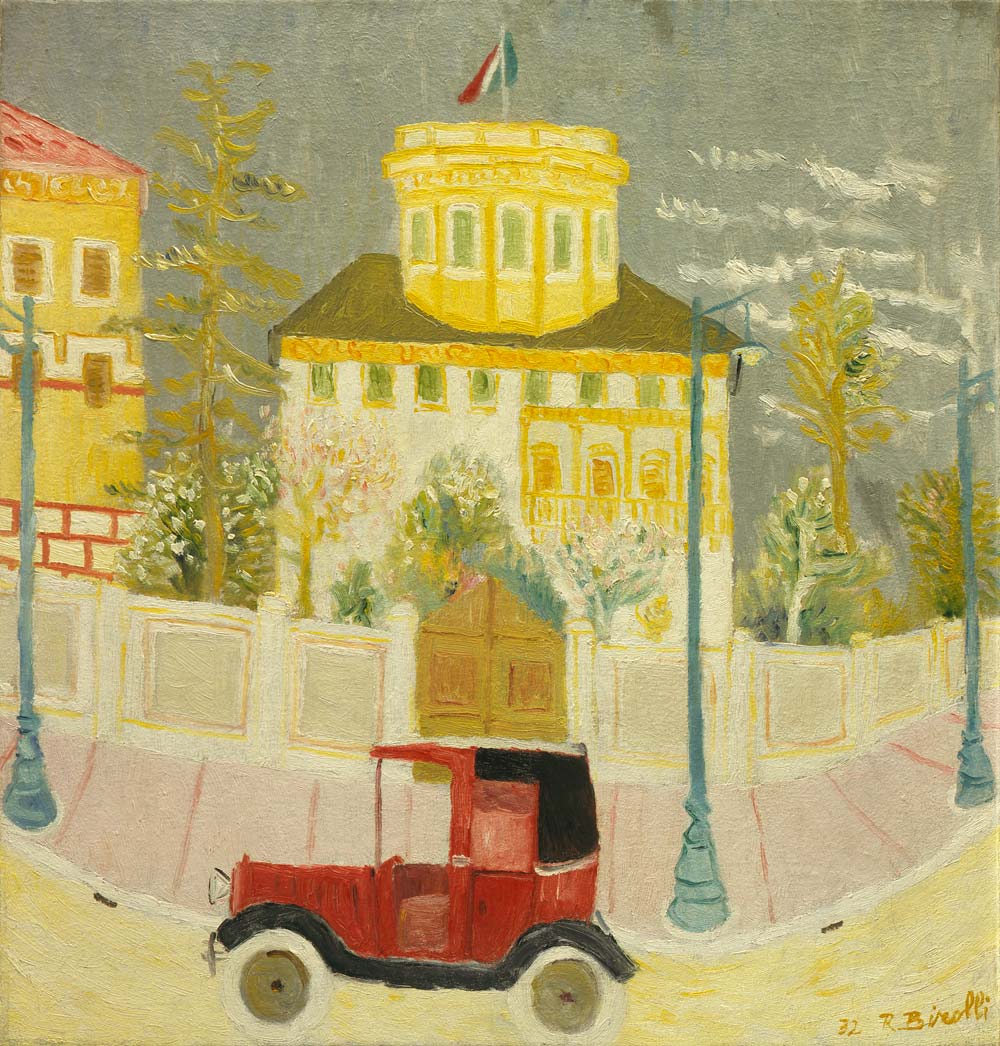
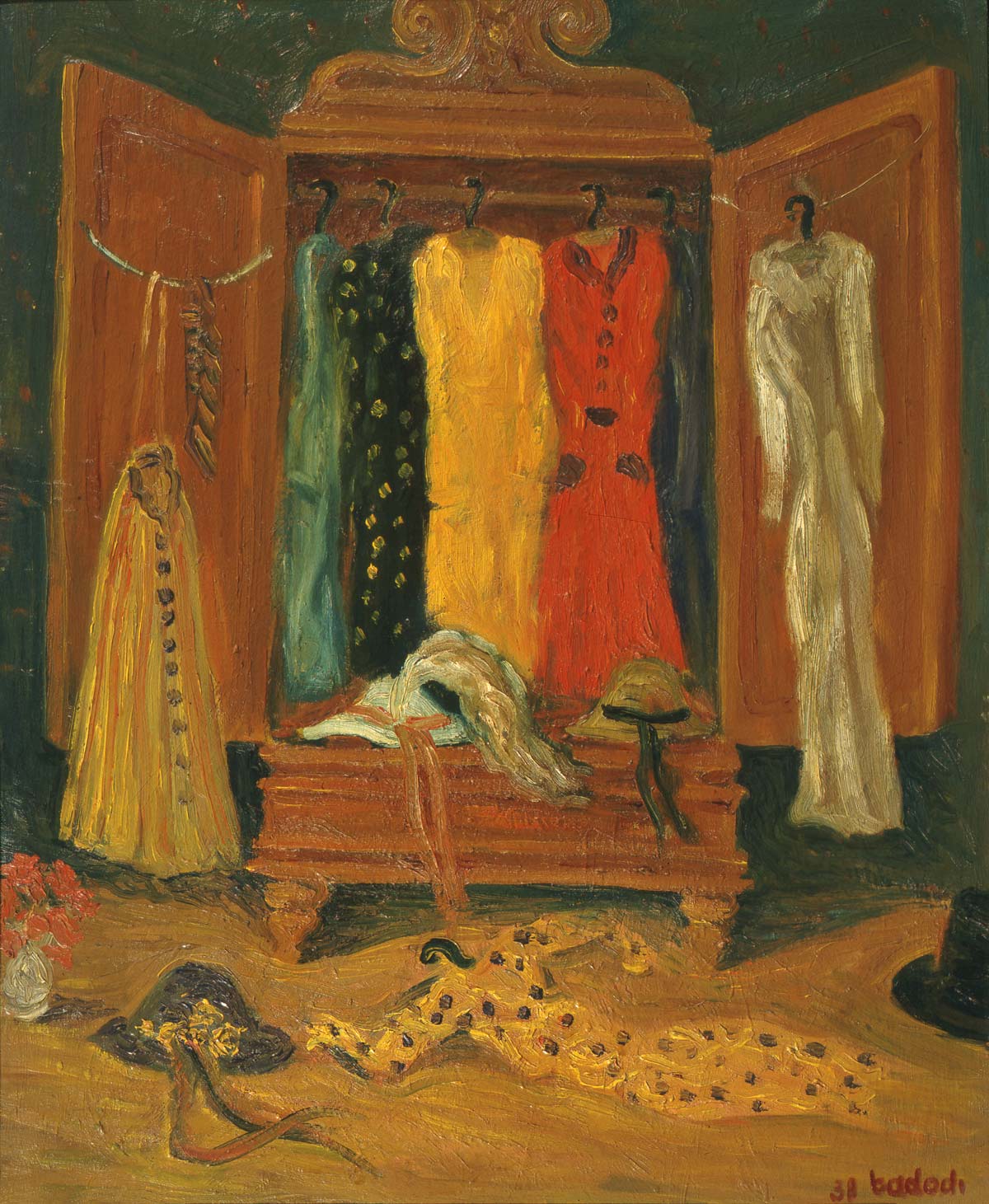
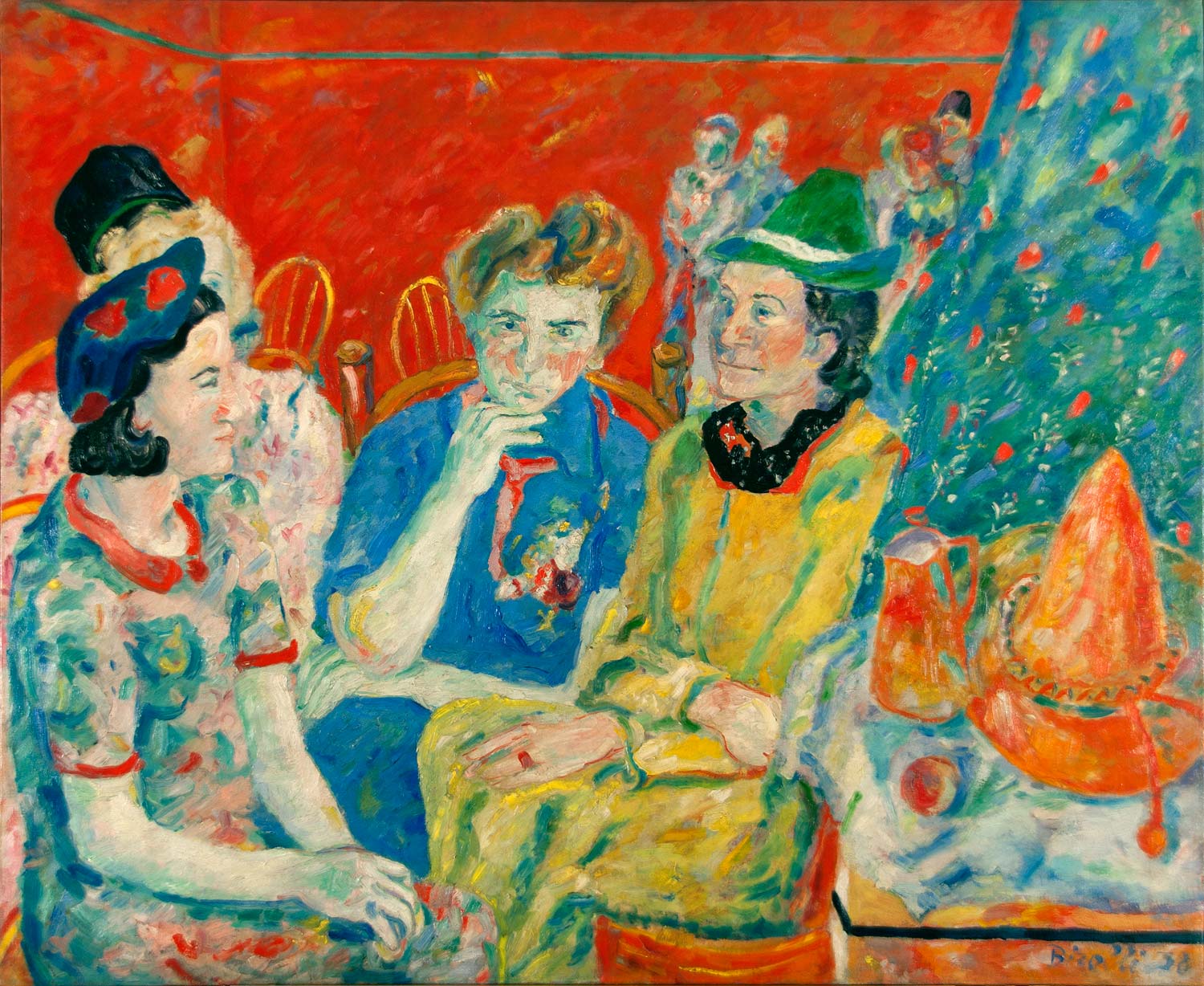
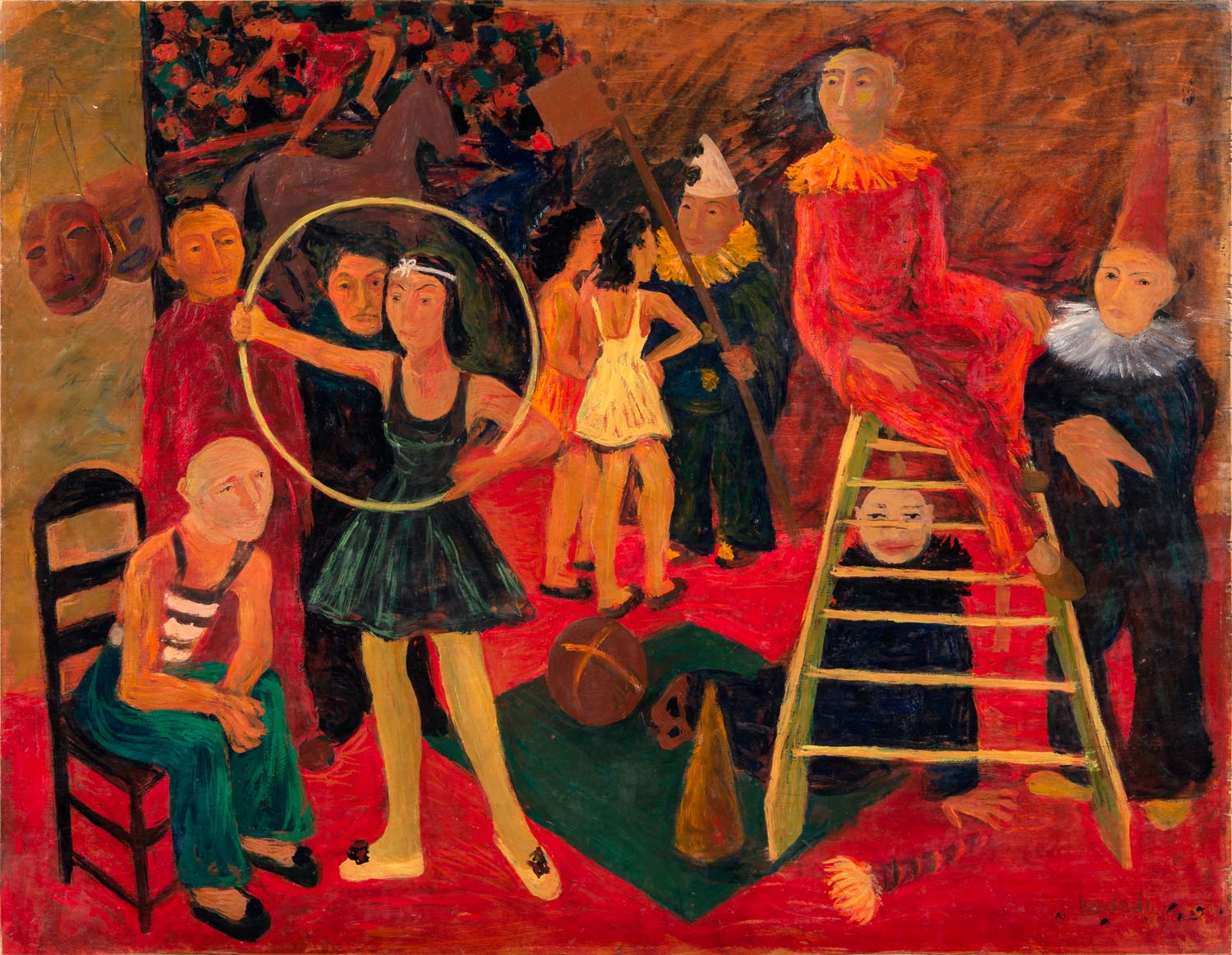
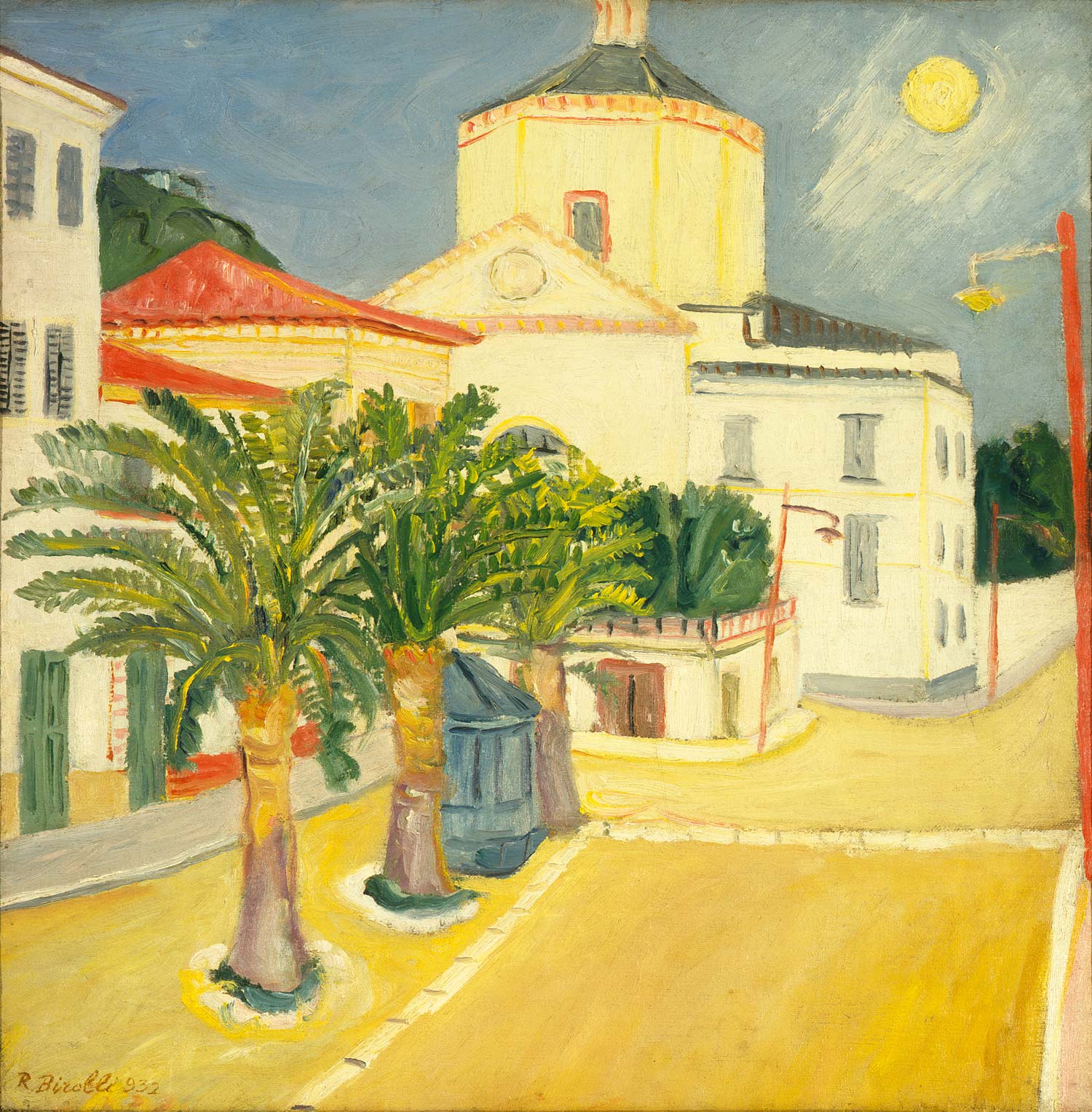
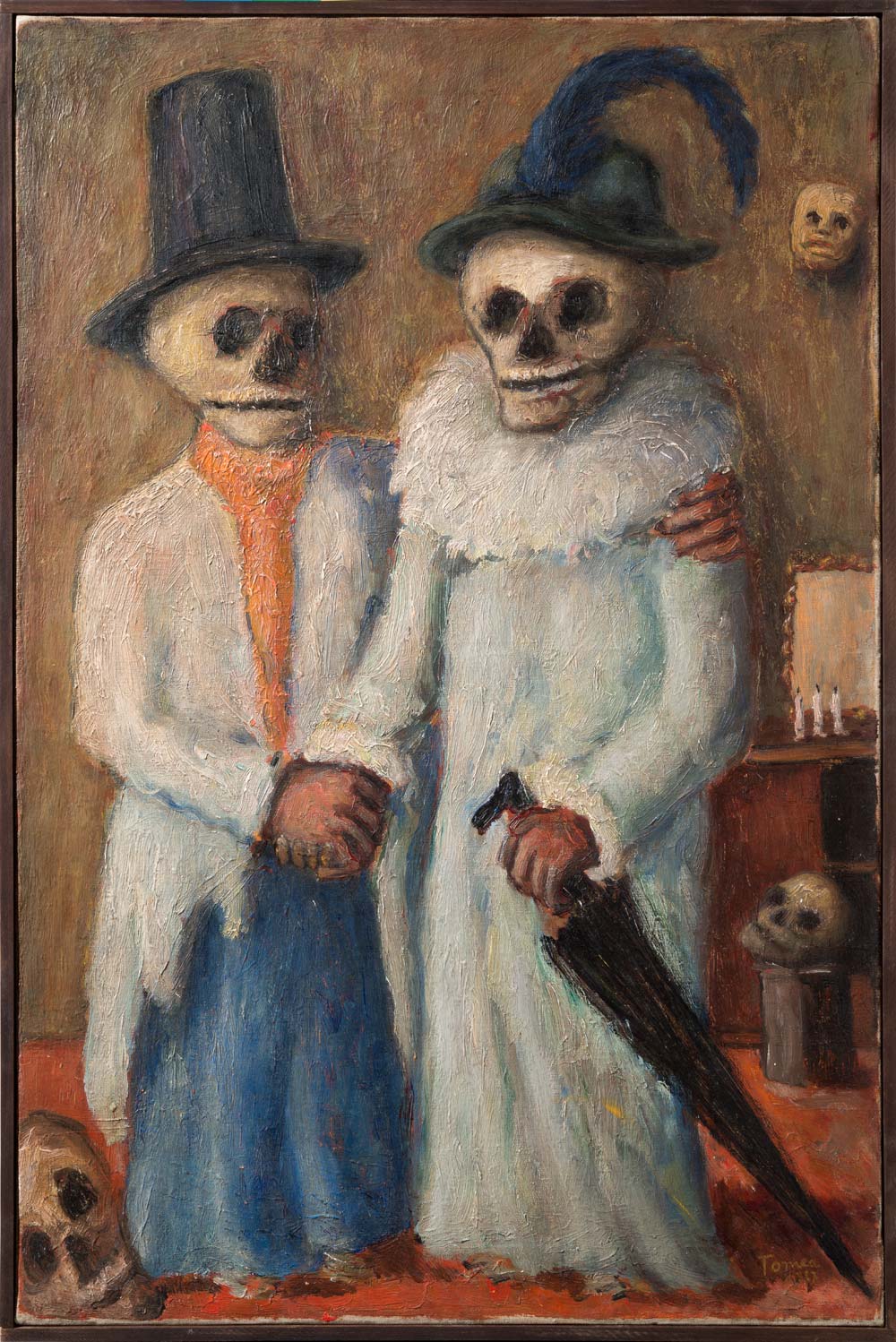
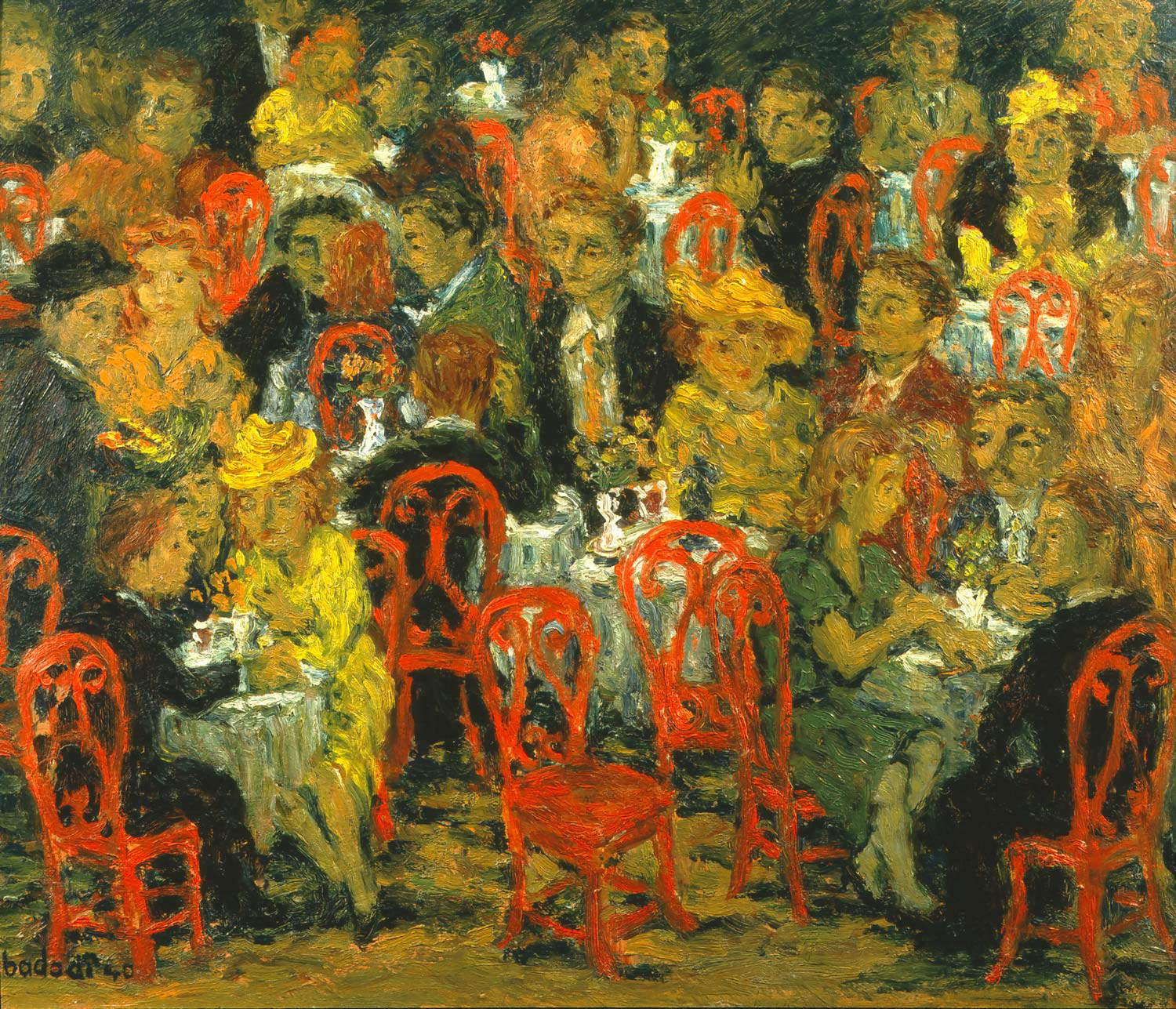
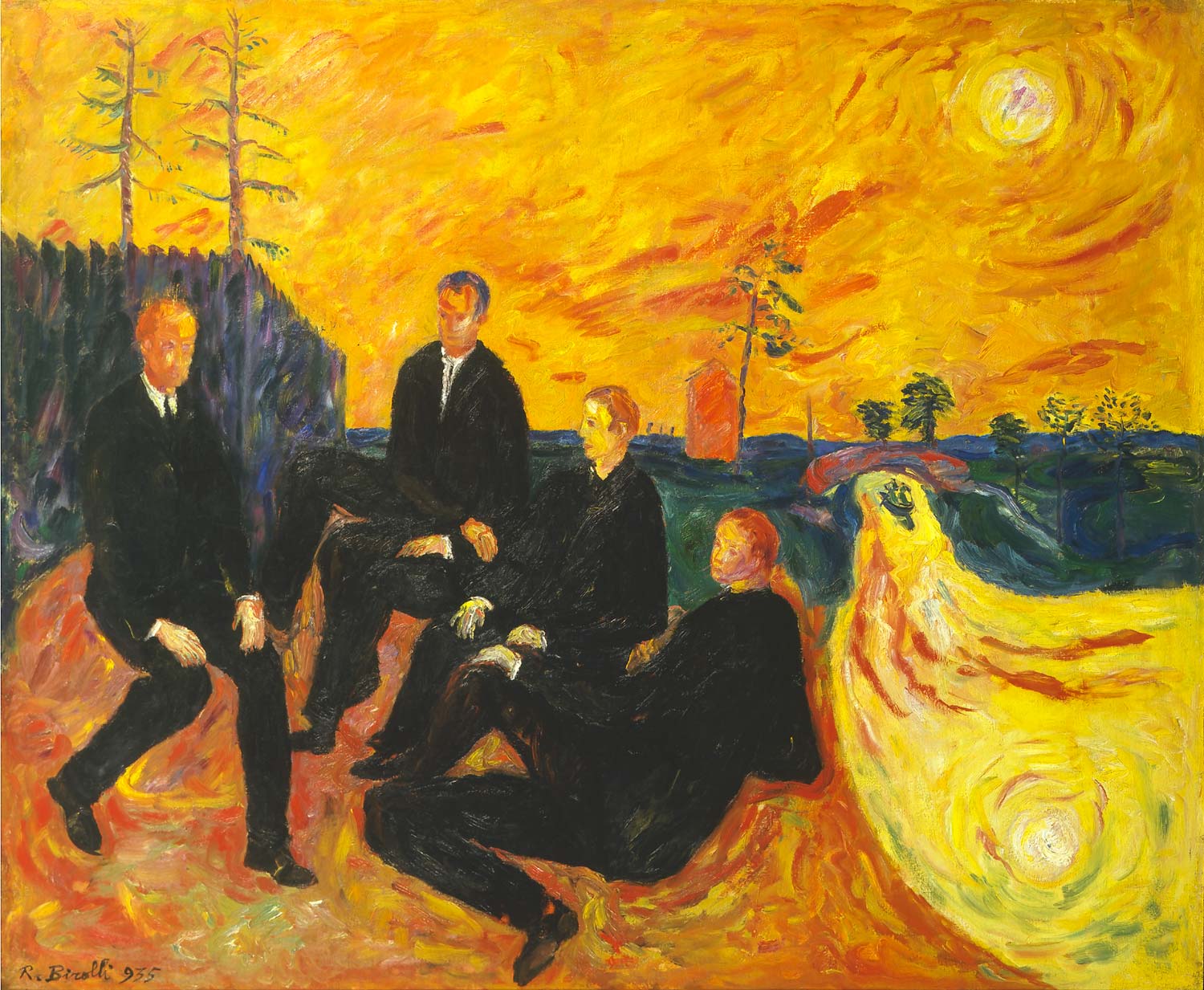
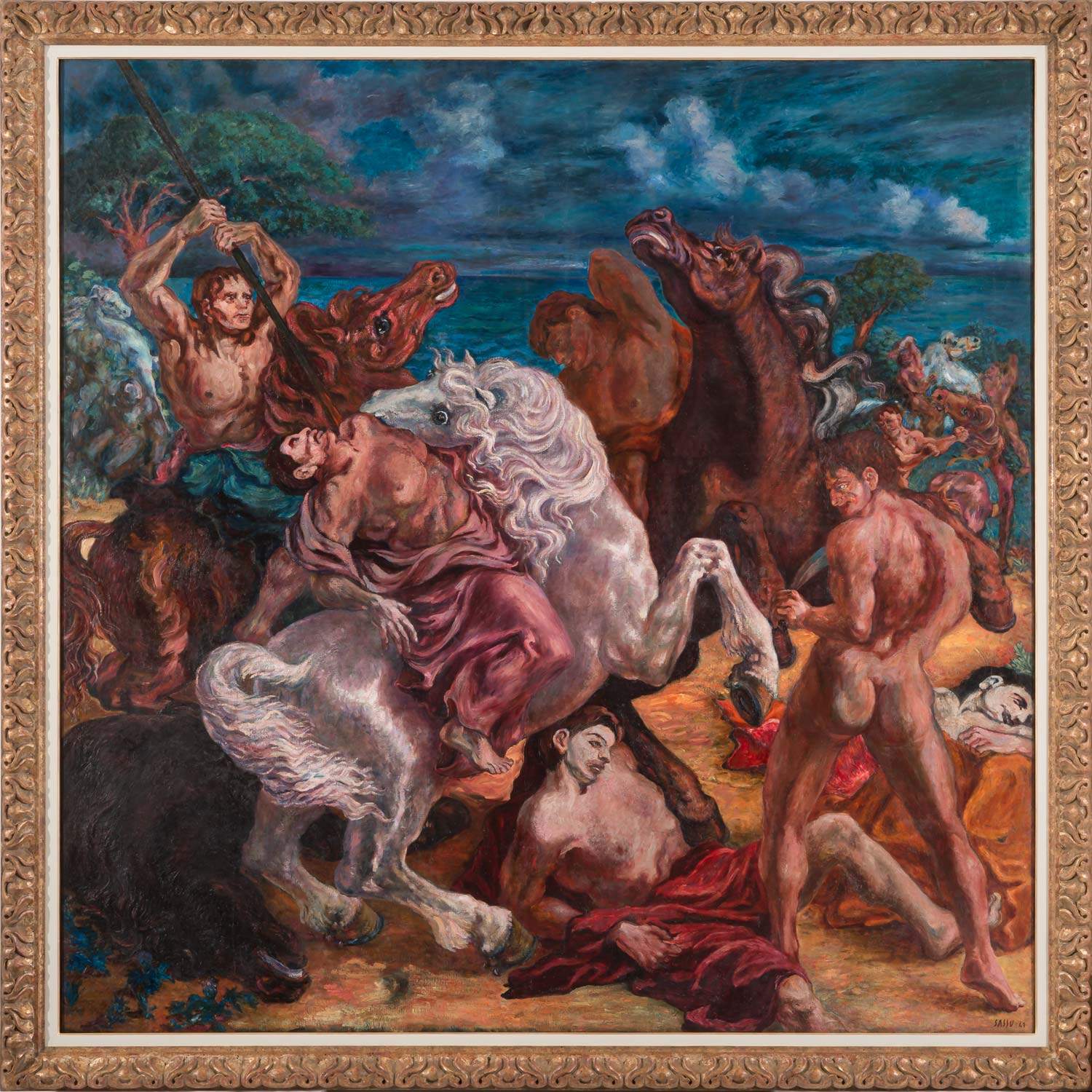
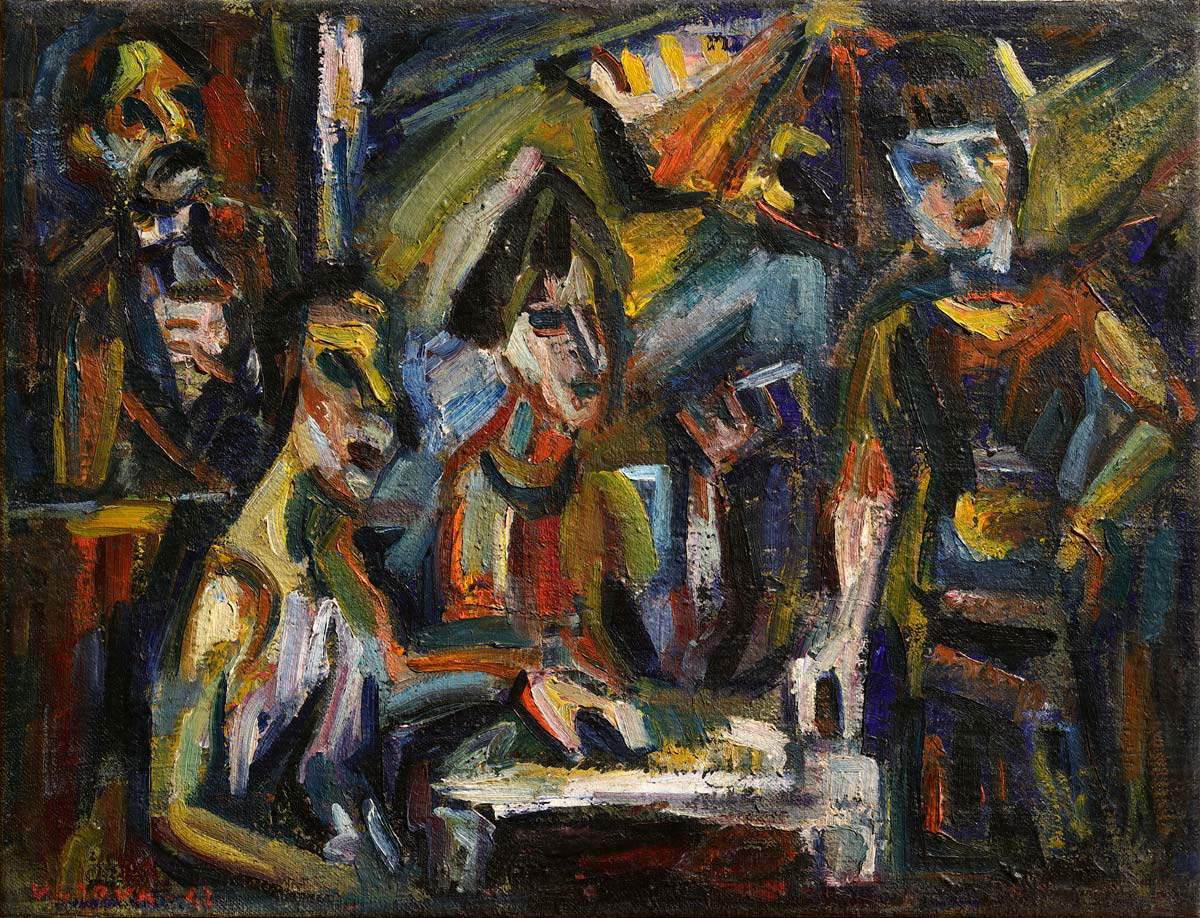
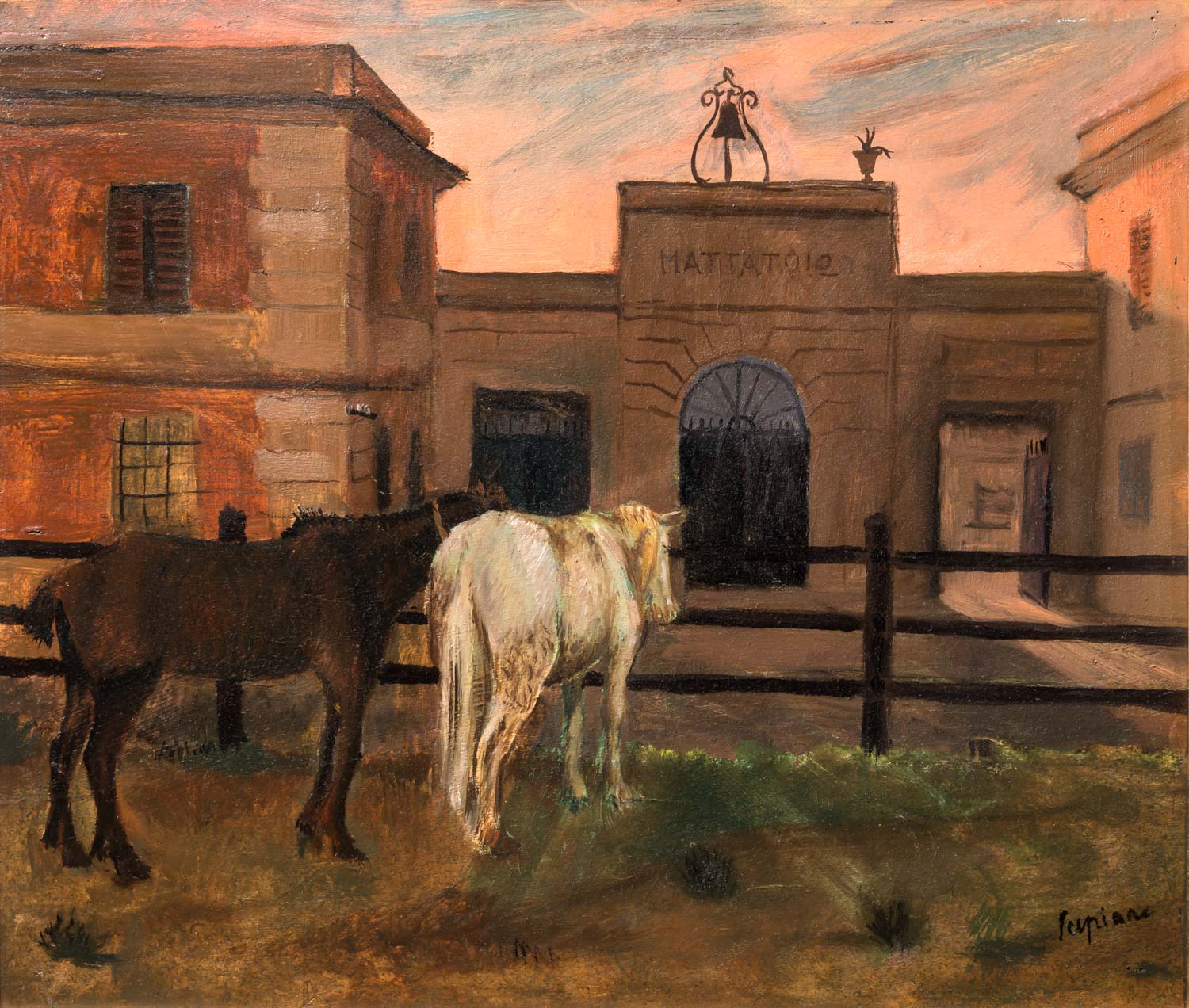
 |
| La Spezia, Italy's neo-romantic and expressionist painting of the 1930s on display |
Warning: the translation into English of the original Italian article was created using automatic tools. We undertake to review all articles, but we do not guarantee the total absence of inaccuracies in the translation due to the program. You can find the original by clicking on the ITA button. If you find any mistake,please contact us.